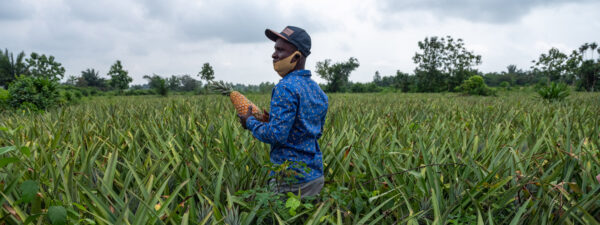
EIF
- |
In the world’s poorest countries, the move to digitalize trade procedures is needed now more than ever
- Paperless trade offers benefits like reduced transaction costs, increased regulatory compliance and more.
- Least developed countries (LDCs) are lagging behind, with only 45% of LDCs in Asia and the Pacific implementing paperless trade measures.
- Assessments of four LDCs found limited legal rules, lack of electronic systems and more.
Enabling cross-border paperless trade, or the flow and legal recognition of trade-related data and documents in electronic form across borders, has the potential to cut transaction costs by 25% across Asia and the Pacific.
Benefits associated with digitalizing trade procedures also include increased regulatory compliance, reduced illicit financial flows and more effective and inclusive participation in the digital global economy. If those benefits were not enough in themselves, the COVID-19 outbreak has highlighted one more advantage of paperless trade: “contactless” trade. Indeed, paperless trade greatly reduces the need for human-to-human interactions, making it much easier for trade to continue as more and more governments ask people to stay at home to minimize the spread of the virus.
Developing countries, particularly the least developed countries (LDCs), are lagging behind in paperless trade. Institutions and partnerships like the Enhanced Integrated Framework (EIF) and the Economic and Social Commission for Asia and the Pacific (ESCAP) are working together to make sure they are not being left behind in this area.
Continue reading on Trade for Development News by EIF
RELATED NEWS


